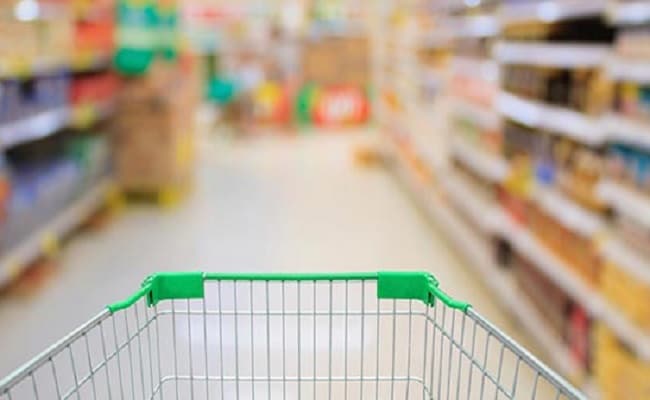GST Council May Prune List Of Items In 28% Slab

Guwahati: The GST Council may on Friday consider reducing items in the 28 per cent tax slab and slash rates for daily use items, plastic products and hand-made furniture as it looks to provide relief to consumers. Four months after the rollout of Goods and Services Tax (GST), the panel, headed by Finance Minister Arun Jaitley, will look at the most comprehensive overhaul of rates, easing returns filing and providing more relief to small and medium enterprises, official sources said.
The 23rd meeting of the GST Council will also deliberate on the suggestions made by Assam Finance Minister Himanta Biswa Sarma-headed GoM to cut tax rates for the composition scheme businesses to 1 per cent and lower rates for non-AC restaurants.
The GST Council, comprising state finance ministers, is also set to review the GST returns filing cycle and make it taxpayer friendly.
The panel may rationalise rates in sectors where the total incidence of taxation has gone up because the goods were either exempt from excise or attracted lower VAT rates under the previous indirect tax regime.
As the GST Council tries to accommodate industry concerns on tax rates, after estimating the impact on revenue, a rationalisation of items in the 28 per cent tax bracket is expected.
“Most of the daily-use items like shampoo could be lowered to 18 per cent. Tax rate on items like furniture, electric switches and plastic pipes could be relooked at,” an official said.
Besides, making the composition scheme more attractive is on the agenda and as per the Group of Ministers (GoM) recommendations, the Council may decide to allow businesses in inter-state trade to opt for the arrangement.
The GoM had also suggested slashing tax rate to 1 per cent for manufacturers and restaurants opting for the scheme from 2 per cent and 5 per cent, respectively.
It was in favour of doing away with the tax rate distinction between AC and non-AC restaurants, those which are not covered under the composition scheme and tax them at a flat 12 per cent. Currently, non-AC restaurants are taxed at 18 per cent. It also suggested that eating out at hotels that have room tariff of more than Rs. 7,500 should attract a uniform 18 per cent rate instead of any separate category for 5-star hotel, which currently falls under the 28 per cent bracket.
With regard to traders, the GoM came up with a two-pronged approach for taxation under the composition scheme. It suggested that traders who want to exclude sale proceeds of tax-free items from turnover can pay 1 per cent GST. However, for those who pay tax on total turnover, the tax rate has been proposed at 0.5 per cent.
While a regular taxpayer has to pay taxes on a monthly basis, a composition supplier is required to file only one return and pay taxes on a quarterly basis.
With a view to easing compliance burden of taxpayers, the Council is also going to review the requirement of filing three returns every month under the GST set-up.
Businesses have to file returns in GSTR-1, GSTR-2 and GSTR-3 forms for every month. These forms detail outward supplies of taxable goods and/or services, inward supplies for claiming input tax credit and monthly returns.
The review follows businesses complaining about problems in matching invoices while filing July returns. Businesses have also complained of trouble in invoice matching while filing GSTR-2.
“It would be reviewed whether matching of invoices should be done every month or that should be made only quarterly,” the official added.
The Assam finance minister-headed GoM has already suggested allowing all businesses to file quarterly returns under the GST regime, akin to those businesses whose monthly turnover is up to Rs. 1.5 crore.
The first three months of GST rollout have earned a cumulative revenue, including Integrated GST collections, of around Rs. 2.78 lakh crore for the exchequer.
[“source=profit.ndtv”]

